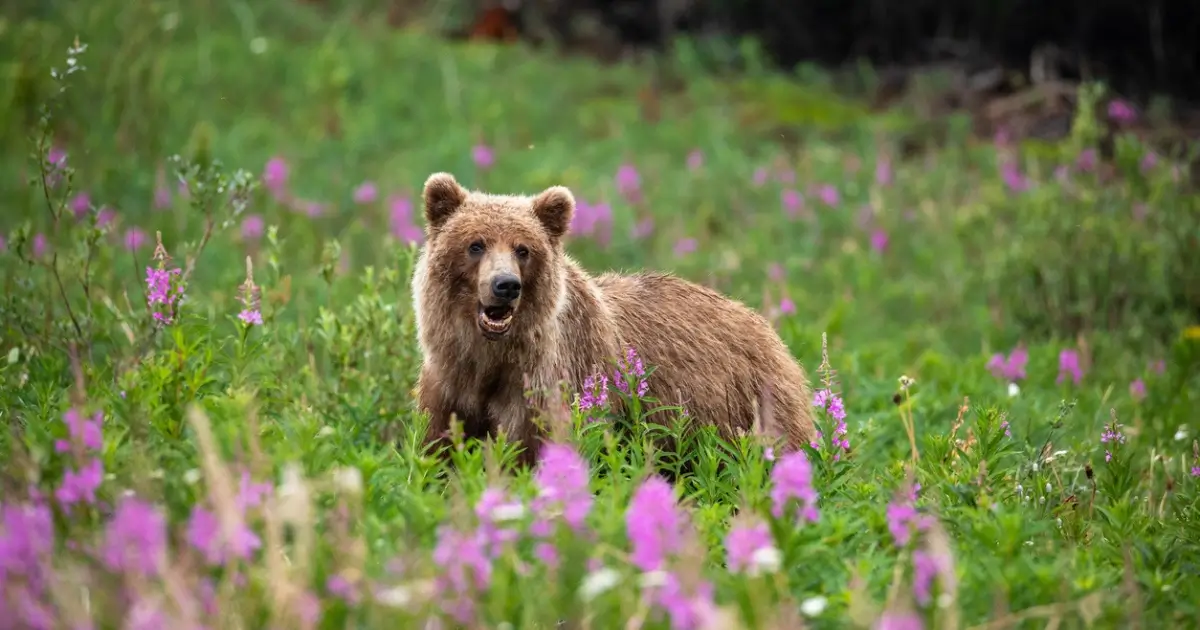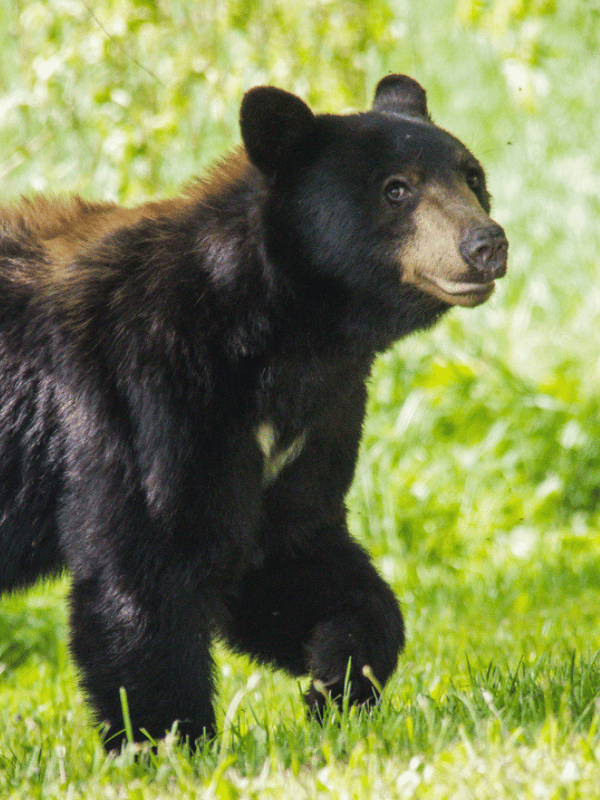
Getting up close to wildlife puts animals at risk
A picture or close encounter is never worth the risk that is put on wildlife.

Five tips for tourists to help them coexist with animals and keep British Columbia beautiful for everyone.
Translate this page:
As the province with the greatest biodiversity in Canada, many wild animals call British Columbia home. From industrious beavers to intelligent wolves, the unique and rich landscape of the province provides diverse ecosystems for a range of animal species. While seeing British Columbia’s native wildlife can be an awe-inspiring experience, we need to be mindful that our actions and activities can have negative impacts on wild animals. Negative encounters (sometimes called conflict) between humans and wildlife are often the result of human actions, so we all have a responsibility to help protect wildlife while we visit their habitats.
As you explore the province, travel with the idea of coexistence in mind: that humans and wild animals can live alongside each other peacefully. Successful coexistence takes effort on everyone’s part – from residents to visitors and everyone in between – so here are five tips to guide you in your travels that will help protect you and wild animals in British Columbia.
1 This is their habitat, and we need to respect it
Just as we want visitors to respect our home and communities, we must be respectful when we visit the habitats of wildlife in British Columbia. Whether it’s a small urban park or the deep wilderness, be mindful that you’re entering the homes of many wild animals, from squirrels and raccoons to cougars and bears. Learn the rules for visiting each location you attend, particularly as it relates to staying on trails, watching for specific species, and what to do if you encounter them.
2 Don’t feed wildlife
Feeding wildlife may seem helpful or get you up close for a photo, but the impacts it has on wild animals are profound and long-term. Feeding animals teaches them it’s a good idea to get closer to people and human food sources – which may lead to animals like bears being killed by government agents if they decide they have become ‘habituated’ to human food. It can also cause animals to take bigger risks for food rewards, like crossing busy streets or overcrowding areas (leading to disease and predation). Unintentional feeding also impacts wildlife, so ensure that you dispose of garbage properly, make sure your food is always secured, and don’t leave out anything that could attract wildlife such as dirty camping dishes.

3 Give animals their space
Coexistence means that humans and animals can peacefully enjoy environments together, but that requires us to give sufficient space animals. If you see wild animals, keep your distance and respect their space as they pass by. A good pair of binoculars or a camera with a zoom (digital or optical) can get you immediately closer to wildlife without putting you – or them – at risk. This also allows you to see the incredible way animals behave in their natural habitat!
4 Minimize your impact
The ways humans impact animals and habitats are more in-depth than you may think and goes beyond direct or indirect feeding of wildlife. Animals have unique sensory perceptions, and even the smallest disturbances can result in harmful consequences. The noise pollution created by off-road engines and mobile devices, the light pollution from cars and flashlights, and the paths that cut through wild areas can all have negative impacts on animals and their habitats. Even groups of parked cars, stopped for a photo on the side of a road, can cause major problems for animals. Reflect on the potential impacts you may have while traveling – noise, lights, waste – and try to reduce them to help minimize their negative effects on wildlife.
5 Keep wildlife wild
The most important thing any person can do to help wildlife is to take steps to keep wild animals wild. We know that we impact and alter their behaviour and habitats in many ways. But we also know that by taking small steps, we can prevent negative impacts and help protect wild animals. Learn more about our different species of wildlife and how you can live peacefully among them. When you are visiting our province, help create an environment of coexistence for the animals, for us, and for everyone else who may visit beautiful British Columbia.
A picture or close encounter is never worth the risk that is put on wildlife.
Tips on preventing issues and keeping raccoons out of your home.
A citizen-led effort to prohibit commerical trapping and snaring in Prince Edward Island continues to grow and gain momentum.
Celeste Morales and Carlene Field were elected to The Fur-Bearers' volunteer board of directors at an SGM.
These ecologically important animals are curious, playful, and help grow nature!
Frontiers paper outlines the need for more research, greater consideration to animal health
Attractants like unsecured garbage, outdoor pet food, bird feeders draw animals like bears into yards and busy urban areas.
Wildlife feeding, rabbits as pets featured in spring digital marketing campaigns by The Fur-Bearers.